
It is rare that a muzzle is necessary for a domestic dog. Too often, a muzzle is used by dog owners unwilling or not patient enough to train their dog correctly. A muzzle, either a wire basket or a buckled piece of fabric or leather, is placed over a dog's snout to restrict his ability to open his mouth. It is often used for dogs with a tendency to nip or bite, and more rarely on dogs whose owners feel bark excessively.
Dog training is a necessary part of dog ownership, and one that is often neglected, at least in part, by dog owners. Training can be arduous, and it can take weeks for a dog to learn not to behave in a certain way or how to do a certain task, and many owners, especially those with busy lives and full time jobs, will leave the training until too late, or sometimes lose patience.
Nipping is a natural dog behavior and, as such, you can expect a new dog to nip. Because it is a natural behavior, it does not necessarily mean that it is a welcome one. A dog can be trained not to nip or bite.
First let's take a look at where their instinct of nipping and biting comes from.
While there are canines of many species, from coyotes, wolves to dingos and dogs, all canines have certain traits in common. When thinking about this large family of canines in relation to your dog, it is important to realize that the domestic dog has only one direct ancestor, the gray wolf. Over the years, these "gray wolves" have slowly been bred for various tasks, be it the speed and agility of hunting, the powerful nose of a tracking dog, the strength of a fighting or guard dog, or simply for the soft and cuddly pleasure of companionship.
Wolves have a pack structure that relies on dominance, and while dogs have been bred to be submissive, to look at you as boss and leader, this innate need for hierarchy and leadership remains. Because the wolf pack structure is so essential in the wild, wolves constantly test each other to make sure the leaders of the pack truly should be the leaders. This is done by play.
Wolves, dogs, and every canine in between, love to play. Take a trip to the dog park and watch dogs wrestle and chase one another. Many dog owners fear that their dogs are fighting when they wrestle around or put their mouths on each other's necks, but it is most often done in play. Nevertheless, this play has undertones of dominance. In the wild, while having a great time together, two wolves would be testing each other while they play-fought, trying to ascertain whether or not the other animal was stronger.
Dogs do the same thing. When a dog is wrestled onto its back or flops over in front of another, it is in a submissive position, meaning that the other dog is the "top dog". Because this is a dog's primary mode of playing, he will try to play in this way with you. This can be a great way to bond with your pet, however the nipping could cause your less dog-friendly acquaintances to worry or call the police on you.
Training a dog not to nip should be a simple task. Most importantly, if it's a behavior you don't want in your dog, never encourage it. The commonly accepted way to train this out is to yelp loudly as if you are in pain when a dog puts its mouth on you even for a second. Reward him when he removes his mouth.
If your dog is very persistent, a muzzle may be an effective way to curb the behavior. A muzzle should never be a punishment. Make sure your dog is comfortable around the muzzle first. Lay it out and allow him to sniff it, and get used to it. Later, try touching it on your dogs face. Finally, put it on your dog and remove it soon after, slowly working the amount of time it is on your dog's snout up until he is comfortable wearing it for an extended period of time.
Bear in mind that a muzzle can restrict your dog's ability to eat, drink water, and sometimes to pant properly. A muzzle should not be left on your pet for a long time.
To train dogs not to beg at the table, never feed your dog from your plate as this encourages begging behavior. To find out more about canine health care and canine dog supplies, pay us a visit at CanineTouch.com.
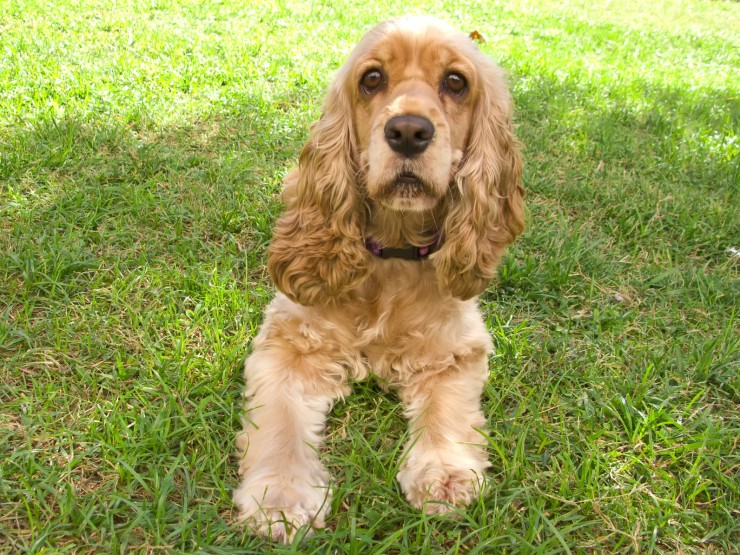 Canine Hernias Explained
Canine Hernias Ex
Canine Hernias Explained
Canine Hernias Ex
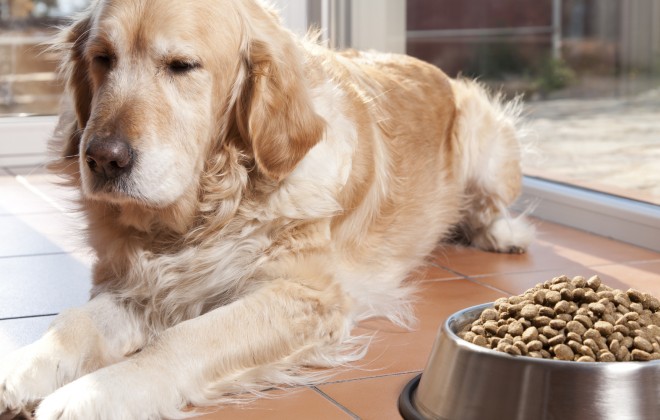 Seven Indications That You Need To Change Your Dog Food
Seven Indications
Seven Indications That You Need To Change Your Dog Food
Seven Indications
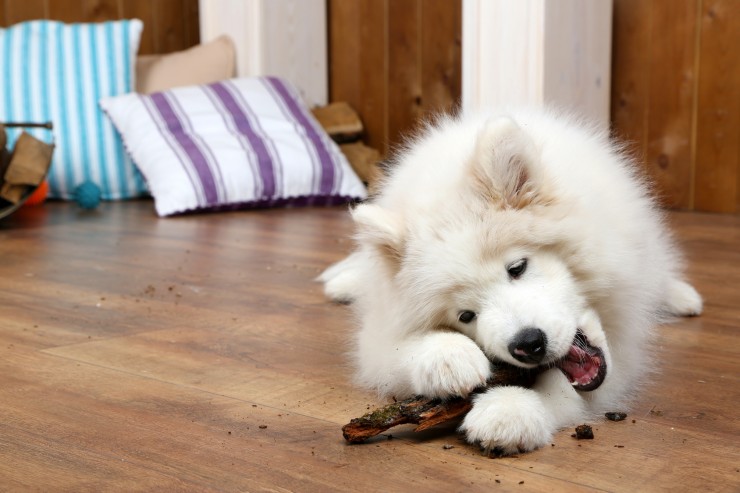 10 Household Products That Can Make Your Dog Sick If They Eat Them
10 Household Prod
10 Household Products That Can Make Your Dog Sick If They Eat Them
10 Household Prod
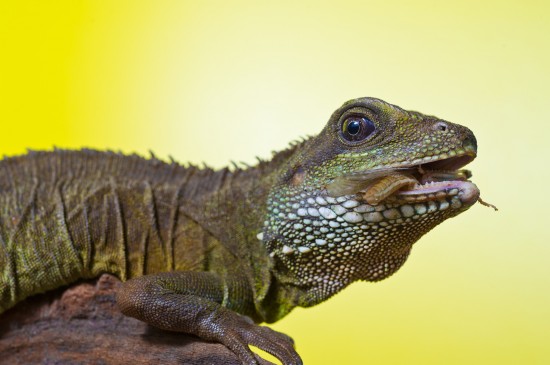 Keeping Green Water Dragons As Pets
Keeping Green Wat
Keeping Green Water Dragons As Pets
Keeping Green Wat
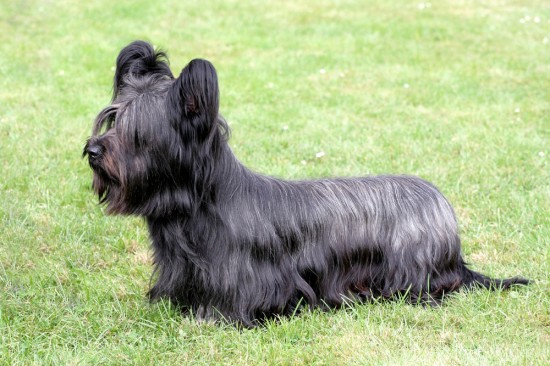 4 Endangered British Native Dog Breeds
4 Endangered Brit
4 Endangered British Native Dog Breeds
4 Endangered Brit
Copyright © 2005-2016 Pet Information All Rights Reserved
Contact us: www162date@outlook.com